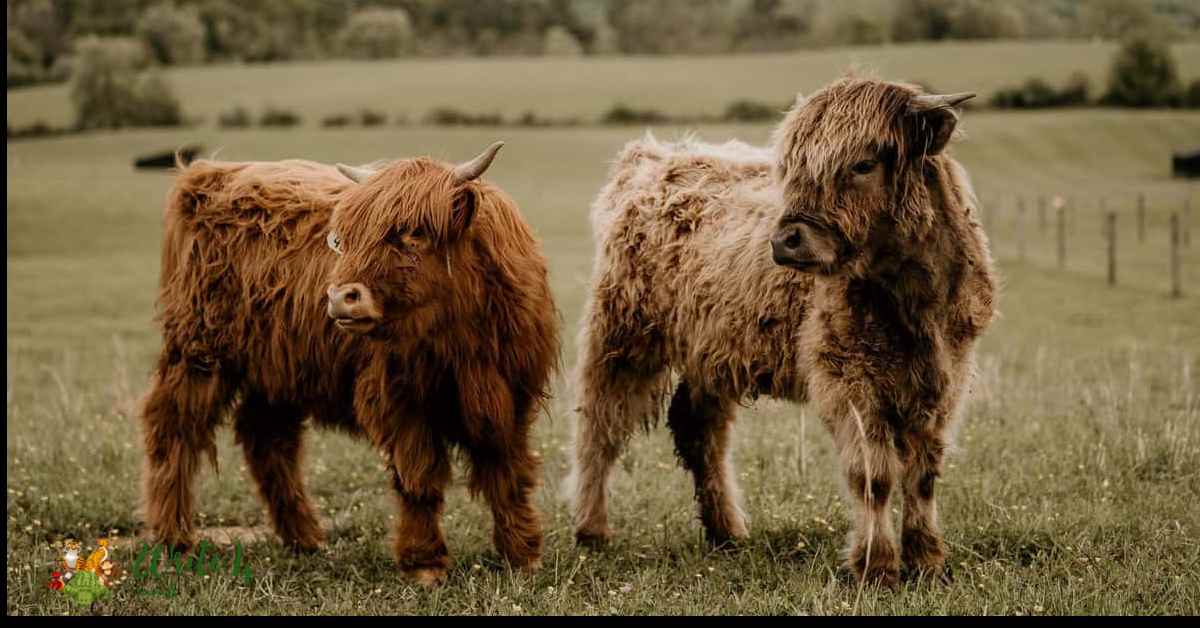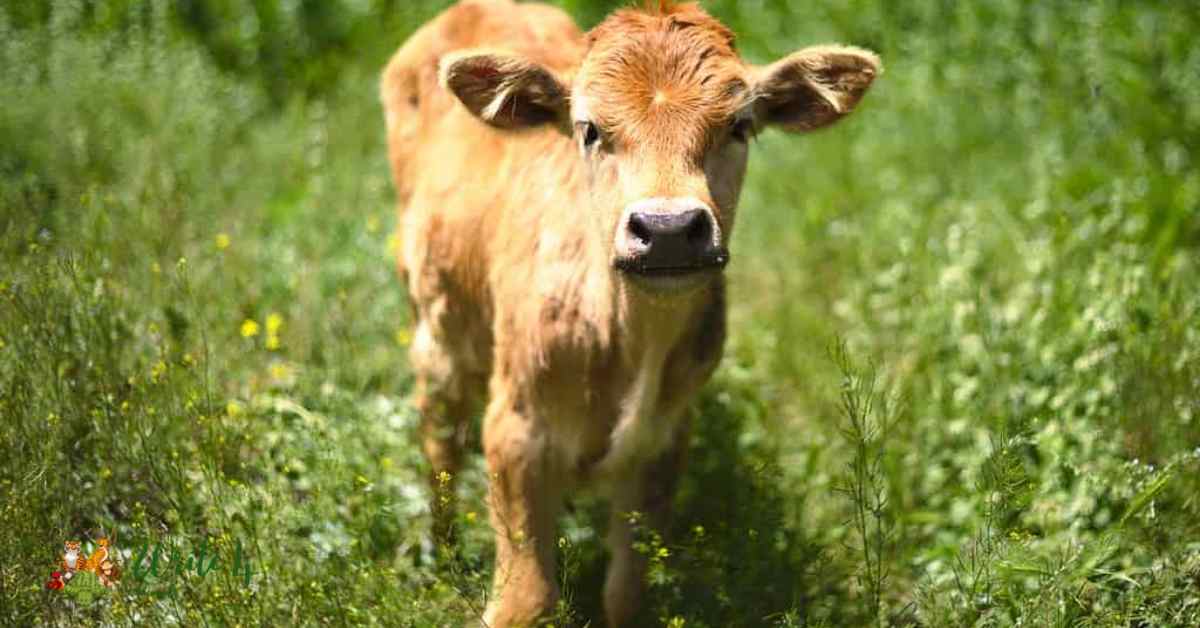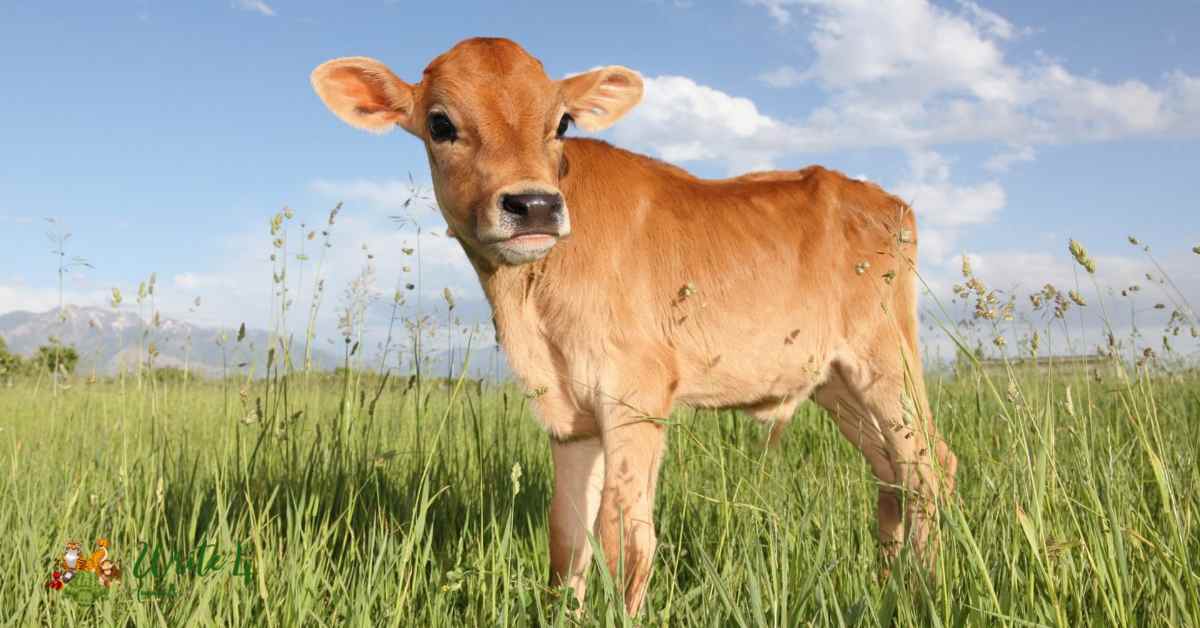In the world of agriculture and animal husbandry, the term “mini cow” might conjure images of pint-sized cattle grazing peacefully in a lush pasture. Miniature cattle breeds have gained popularity in recent years for their compact size, manageable care requirements, and unique charm. In this comprehensive guide, we will explore everything you need to know about mini cows, from their origins and characteristics to the benefits of keeping them and tips for proper care.
About Mini Cow
History of Mini cow
The origins of mini cows trace back to the early 20th century when the need for smaller, more adaptable cattle arose. The selective breeding of compact bovines was driven by the practical challenges faced by farmers with limited grazing resources and small-scale operations. Over time, various miniature cattle breeds emerged, each with its unique set of characteristics and traits.
Some of the earliest miniature cows were developed in response to the demand for livestock that could thrive in diverse environmental conditions and provide both meat and milk. Today, mini cows continue to capture the fascination of farmers, homesteaders, and enthusiasts alike, embodying a blend of history, practicality, and the joy of raising charming, pint-sized bovines.
Characteristics of Mini Cows
Miniature cows typically stand at about 36 to 48 inches tall at the shoulder, making them roughly half the size of regular cattle breeds. Despite their small stature, mini cows often exhibit robust health, longevity, and a friendly disposition. Their compact size makes them suitable for small-acreage farms, hobby farms, and even as backyard pets.
Types of Mini Cows
Several types of mini cows exist, each with unique characteristics and attributes. The following are a few notable examples:

Dexter Cattle: Originating from Ireland, Dexters are a dual-purpose breed known for their compact size, friendly disposition, and ability to produce quality meat and milk.
Zebu Cattle: Hailing from India, Zebus are recognized for their distinctive humps and heat resistance. Miniature Zebus are popular as pets due to their small size and gentle nature.
Hereford Miniature Cattle: Based on the traditional Hereford breed, these miniatures retain the classic red and white coat patterns. They are prized for their calm temperament and suitability for small farms.
Panda Cow: A crossbreed known for its striking black and white coat pattern, resembling a panda. These mini cows are primarily bred for their unique appearance, making them a favorite among collectors and hobbyists.
Belted Galloway Miniature Cattle: Recognized by their distinctive white belt around the midsection, Belted Galloways are a popular choice for both meat and ornamental purposes. Their hardy nature and striking appearance make them stand out in any herd.
Tips for Mini Cow Care
Proper Nutrition: While mini cow may require less feed than full-sized cattle, it’s crucial to provide a balanced and nutritious diet to ensure their health and well-being.
Adequate Shelter: Miniature cattle, like all livestock, need shelter from extreme weather conditions. A well-constructed barn or shed will protect them from rain, wind, and excessive heat.
Regular Veterinary Care: Routine veterinary check-ups, vaccinations, and preventive care are essential for the health of Miniature cows. A proactive approach to healthcare can prevent potential issues and ensure a long, happy life for your miniature bovine companions.
Social Interaction: Mini cows are social animals that thrive on companionship. Providing them with the company of other compatible livestock or spending time with them yourself can contribute to their well-being.
Benefits of Keeping Mini Cows
Space Efficiency: Miniature cows require significantly less pasture and housing space compared to full-sized cattle. This makes them an excellent choice for small farms and urban homesteads with limited acreage.
Gentle Temperament: Many mini cow breeds are known for their calm and friendly temperament, making them ideal for families and individuals looking for a docile and manageable livestock option.
Dual-Purpose Potential: Some mini cows, like the Dexter breed, are dual-purpose, providing both milk and meat. This can be advantageous for small-scale farmers seeking self-sufficiency in their agricultural pursuits.
Low Maintenance: Miniature cattle often have lower feed and maintenance requirements compared to their larger counterparts. This can translate to reduced costs and effort for the owner.
How Big Do Mini Cows Really Get?
Miniature cows are characterized by their smaller stature compared to traditional cattle breeds. On average, mini cows stand between 36 to 48 inches tall at the shoulder, making them about half the size of regular cattle. The height can vary depending on the specific breed, with some mini cows being even smaller.

Despite their diminutive size, mini cows often exhibit robust health, longevity, and are known for their efficiency in converting feed into meat or milk. This compact size makes them an attractive option for small farms, urban homesteads, and individuals with limited space, allowing for easier management and reduced resource requirements.
Drawbacks and Challenges of Owning Mini Cows
While mini cows have their advantages, there are also drawbacks and challenges associated with their ownership. One notable challenge is the potential for higher initial costs, as certain miniature breeds may be more expensive to acquire. Additionally, due to their smaller size, mini cows may have specific nutritional and health considerations.
Owners must pay close attention to their diet to prevent obesity or malnutrition. Furthermore, breeding challenges can arise, and finding suitable veterinary care may be more limited. Despite these challenges, many enthusiasts find the rewards of owning Miniature cows outweigh the drawbacks.
Frequently Asked Questions
[sc_fs_multi_faq headline-0=”h4″ question-0=”How big do mini cows really get?” answer-0=”Mini cows typically stand between 36 to 48 inches tall at the shoulder, making them about half the size of regular cattle breeds. The specific size can vary depending on the breed, with some mini cows being even smaller. Despite their diminutive stature, they are known for their robust health and efficiency in converting feed into meat or milk.” image-0=”” headline-1=”h4″ question-1=”What are the benefits of owning mini cows?” answer-1=”Mini cows offer several advantages, including space efficiency, gentle temperament, dual-purpose potential, and low maintenance. They require less pasture and housing space, making them suitable for small farms and urban homesteads. Their friendly disposition makes them ideal for families, and some breeds provide both milk and meat. Additionally, they often have lower feed and maintenance requirements compared to full-sized cattle.” image-1=”” headline-2=”h4″ question-2=”What are the drawbacks of owning mini cows?” answer-2=”Drawbacks include potentially higher initial costs, specific nutritional and health considerations due to their smaller size, breeding challenges, and limited availability of suitable veterinary care. Despite these challenges, many owners find the rewards of mini cow ownership to be well worth the extra attention and care required.” image-2=”” headline-3=”h4″ question-3=”Are mini cows suitable for small acreage farms?” answer-3=”Yes, mini cows are well-suited for small acreage farms due to their compact size and lower space requirements. Their efficiency in converting feed and manageable disposition make them an excellent choice for individuals with limited land resources.” image-3=”” headline-4=”h4″ question-4=”Can mini cows be kept as pets?” answer-4=”Absolutely! Many mini cow breeds are known for their friendly and gentle nature, making them wonderful companions. However, it’s important to remember that they still require proper care, nutrition, and adequate space.” image-4=”” headline-5=”h4″ question-5=”How long do mini cows live?” answer-5=”Mini cows, with proper care, can live a similar lifespan to larger cattle breeds, often reaching 15 years or more. Regular veterinary check-ups, a balanced diet, and a comfortable living environment contribute to their overall well-being and longevity.” image-5=”” headline-6=”h4″ question-6=”Do mini cows require different care compared to regular-sized cattle?” answer-6=”While mini cows share many care requirements with larger cattle, their smaller size may necessitate specific considerations. Monitoring their diet to prevent obesity or malnutrition, providing proper shelter, and ensuring social interaction are essential aspects of mini cow care.” image-6=”” headline-7=”h4″ question-7=”Can mini cows be raised for both meat and milk?” answer-7=”Yes, some mini cow breeds, such as the Dexter, are dual-purpose, providing both quality meat and milk. However, the specific purpose may vary depending on the breed, so it’s important to choose a breed that aligns with your intended use.” image-7=”” count=”8″ html=”true” css_class=””]
Recommended
1. Wolf vs Husky: Unraveling the Similarities and Differences
2. Fluffy French Bulldog: Price, Lifespan and more
